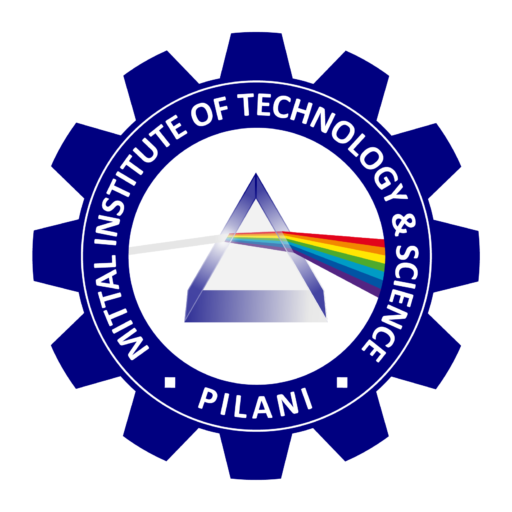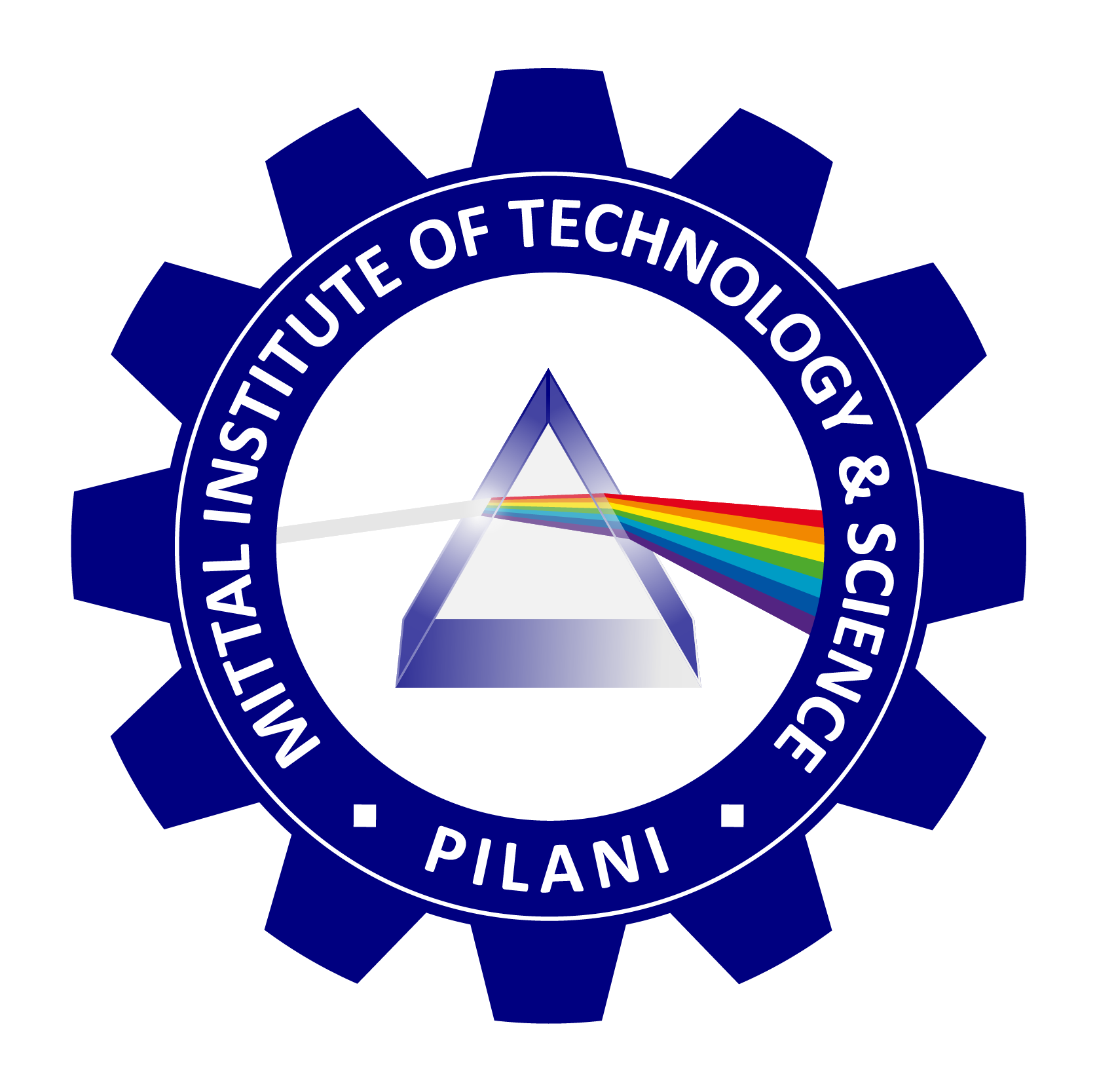
MITTAL INSTITUTE OF TECHNOLOGY & SCIENCE, PILANI
The Relationship Between Research in Universities and Industrial Development Projects in Computer Science
In the ever-evolving field of computer science, research in universities plays a pivotal role in driving innovation and fostering industrial development. The interplay between academic research and industrial projects has consistently resulted in significant advancements in technology, creating a symbiotic relationship that accelerates the pace of innovation and growth. University research provides the foundational knowledge, tools, and theoretical frameworks that industrial projects can build upon, while industry, in turn, offers real-world problems and opportunities that help shape the direction of academic inquiry. This relationship is critical to ensuring that both academia and industry continue to evolve in a manner that is mutually beneficial and forward-looking.
University Research as the Bedrock of Innovation
Research in universities often serves as the primary source of new ideas and breakthroughs in computer science. In the academic environment, researchers have the freedom to explore novel concepts, challenge existing paradigms, and take intellectual risks. These environments allow for the deep exploration of cutting-edge technologies such as artificial intelligence, quantum computing, cybersecurity, and blockchain, long before these ideas become mainstream in industry. Fundamental research in areas like algorithms, data structures, and computation theory forms the foundation upon which practical applications are built.
For instance, the rise of artificial intelligence (AI) and machine learning can be directly attributed to decades of academic research in neural networks, pattern recognition, and data science. Similarly, advancements in distributed systems and cloud computing were heavily influenced by research in networking protocols, parallel processing, and system architectures conducted at universities. The ability of academic researchers to focus on the theoretical aspects of computing allows them to explore solutions to complex problems that may not yet be commercially viable but have the potential to transform industries in the future.
The Role of Research in Enabling Industrial Projects
Research provides industries with innovative solutions and technologies that address real-world challenges. Industrial development projects often rely on the theoretical foundations laid by academic research to create products and services that solve practical problems. By incorporating the findings of academic research, companies can create groundbreaking technologies and improve their operational efficiency.
For example, cloud computing, which has revolutionized the way businesses store and manage data, originated from academic research in distributed computing systems. Companies such as Amazon, Google, and Microsoft have built massive cloud infrastructures based on these academic principles. Similarly, the development of blockchain technology, which underpins cryptocurrencies and decentralized applications, was influenced by cryptographic protocols and consensus algorithms first explored in academia.
Universities also play a critical role in incubating new ideas that may eventually lead to industrial applications. Many successful tech companies, such as Google, Facebook, and Microsoft, were founded by individuals who initially explored their ideas in academic settings. University research creates an ecosystem where new technologies are nurtured, experimented upon, and eventually brought to market. This bridging of academia and industry ensures that research translates into tangible benefits for society.
Collaborative Partnerships Between Universities and Industry
The relationship between academic research and industrial development is often formalized through partnerships between universities and companies. Collaborative research projects, industry-sponsored research, and joint ventures are common ways in which universities and industries work together to accelerate innovation. These partnerships ensure that the research conducted at universities is aligned with the needs of industry and that academic discoveries can be applied in real-world scenarios.
One of the most notable examples of such collaboration is the establishment of research labs jointly funded by universities and technology companies. These labs, such as Microsoft Research and Google AI, bring together academic researchers and industry professionals to tackle cutting-edge problems in computer science. Through these collaborations, industry gains access to the latest research, while academia benefits from real-world data, use cases, and financial support.
Additionally, many universities offer technology transfer programs that help commercialize research outcomes. These programs assist faculty and students in filing patents, licensing technologies, and forming startups. By facilitating the transition from academic research to industry, universities act as a bridge between theoretical research and practical applications. This enables the rapid deployment of innovative technologies that can drive industrial growth.
Opening the Gates to Innovation
University research not only contributes to immediate industrial development but also opens the gates to future innovation. By pushing the boundaries of what is known and possible, academic research lays the groundwork for new technologies and industries that may not yet exist. Research in fields like quantum computing, for example, is still in its early stages, but it has the potential to revolutionize industries ranging from cryptography to materials science in the coming decades. Similarly, advancements in AI and robotics research may lead to new types of automation and intelligent systems that can transform industries such as manufacturing, healthcare, and transportation.
The freedom to explore new ideas without the pressure of immediate commercial viability allows universities to take the risks that often lead to disruptive innovations. When these ideas are mature enough to be implemented at scale, industry can adopt and commercialize them, creating new markets and transforming existing ones. This cycle of exploration and adoption is what drives long-term technological progress and economic growth.
The relationship between research in universities and industrial development projects in computer science is one of mutual benefit and shared progress. Academic research serves as the foundation for industrial innovation, providing the knowledge and technologies that drive new products and services. Meanwhile, industry offers real-world problems and opportunities that shape the direction of academic inquiry. Through collaborative partnerships and technology transfer, the gap between academia and industry is bridged, ensuring that research leads to tangible benefits for society.
In an era of rapid technological change, the need for close collaboration between universities and industry is more critical than ever. By fostering this relationship, we can ensure that computer science research continues to open the gates to new possibilities, enabling the development of innovative projects that shape the future.

Professor Rakesh Mittal
Computer Science
Mittal Institute Of Technology & Science, Pilani, India and Clearwater, Florida, USA
